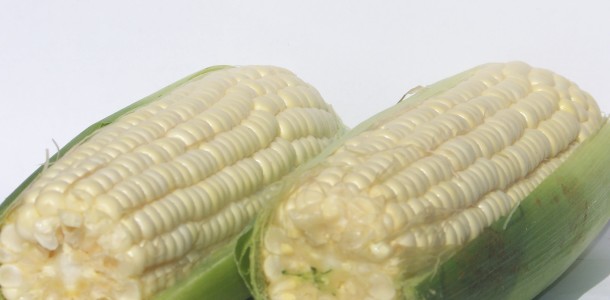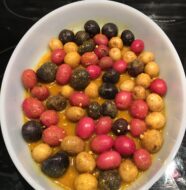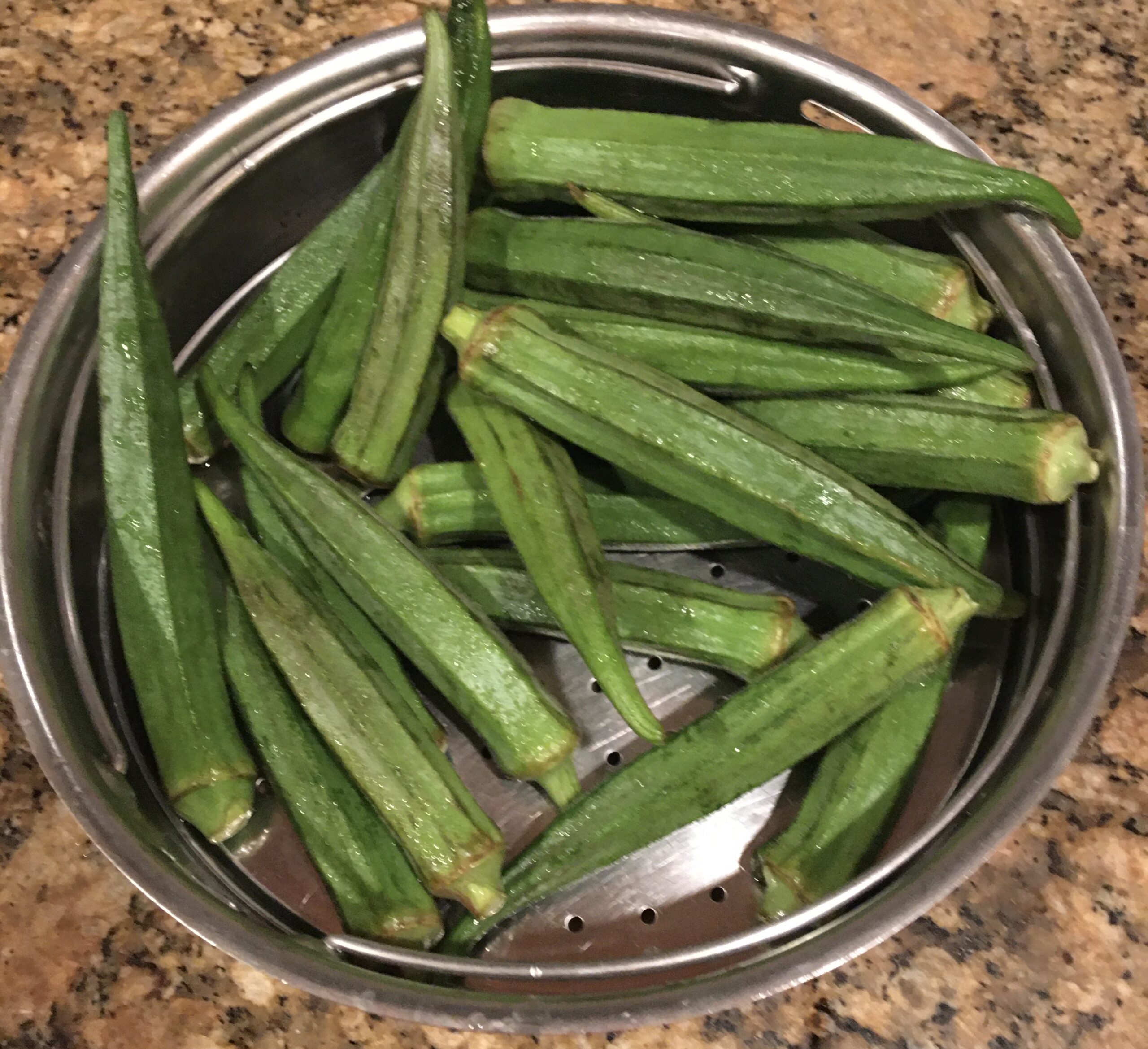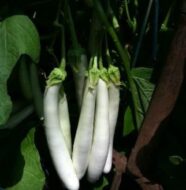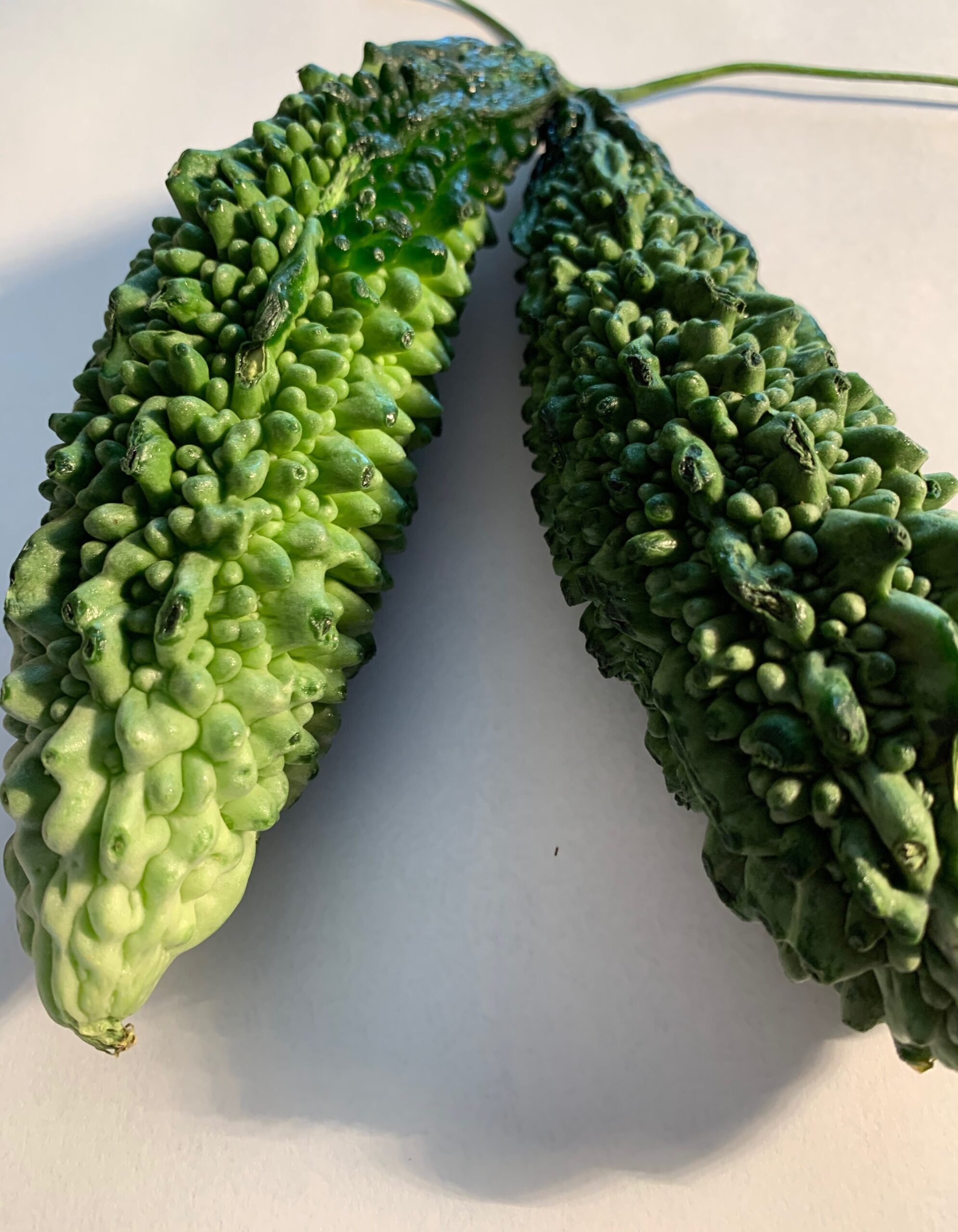Corn was a gift from Native Americans to the pilgrims, during the first Thanksgiving dated November 1621, when the newly arrived pilgrims from England and the Wampano
Corn is a popular vegetable providing more calories and starch than most vegetables. In this South Indian style recipe from Kerala state, where coconut trees grow in abundance, corn is cooked with coconut milk and spices. This white curry is creamy and delicious.
History: Corn, a human invention would not exist if it wasn’t cultivated and developed by humans in the past centuries. Scientists believe that people living in Central Mexico developed corn 7000 years ago. It was started from a wild grass called “Leosinte”, which had fewer kernels placed more apart from each other. From Mexico corn spread into SW US and down the south coast to Peru. Native Americans brought and sowed corn to N. America about 1000 years ago and called it maize.
Buying and storage Horticulturists have developed two popular varieties: white (country gentlemen) and yellow (golden bantam). Yellow corn has larger fuller flavored kernels, whereas, white corn kernels are smaller and sweeter. When buying corn look for ears with bright green, snugly fitting husks and golden brown silk. The kernels should be plump and milky, come all the way to the ear’s tip. The rows should be tightly spaced. Corn can be grilled, baked, sauteed,
Corn Recipes
Corn Curry in coconut milk (Makai Curry)
Corn & Peas Sauté ( MakaiMatar Sabzee)
Baby Corn Soup ( Chota Makai Shorba)
Baby corn & Zucchini with gravy ( Chota Makai /Zucchini Rassa)
Baby Corn Stir fry (Chota Makai Masala)
Nutrition Facts of Corn ((Zea mays var. saccharata.)100g raw
| GI =52; GL= 45 Water =10.4 g |
Minerals | Vitamins |
| Energy 86 kcal – 4% | Sodium 15mg – 1% | Folates 42mug – 10.5% |
| Carb. 18.7 g – 14% | Potassium 270mg – 6% | Niacin 1.77 mg – 11% |
| Protein 3.27 g – 6% | Calcium 2 mg – <1% | Pantothenic acid 0.717mg – 14% |
| Total Fat 1.35 g – 7 % | Copper 0.054mg – 6% | Pyridoxine 0.093mg – 7% |
| Cholesterol 0mg – 0% | Iron 0.52mg – 6.5 % | Riboflavin 0.055mg – 4 % |
| Dietary Fiber 2.0g – 5% | Magnesium 37 mg – 9% | Thiamin 0.155 mg – 13% |
| Carotene Beta 46 mug | Manganese 0.163mg – 7% | Vitamin A 187 IU – 6% |
| Carotene alpha 16 mug | Selenium 0.6mug – 1% | Vitamin C 6.8 mg – 11% |
| Cryptoxanthinbeta 115 mug | Zinc 0.46mg – 4 % | Vitamin E 0.07mg <1% |
| Lutein zeaxanthin 644 mug | Vitamin K 0.3mug – 2% |
Health Benefits of Corn
- one ear of corn provides 3 gm of fiber. blue corn has anthocyanins; yellow corn has more beta carotene than eggs; improves digestion and eases constipation.
- Corn can offer cancer protection: eating whole corn reduces your stool pH thus reducing the risk of colon cancer.
- Corn can promote healthy vision and skin Loaded with Lutein and Zeaxanthin
- Corn can protect from heart disease with more antioxidants.
- Corn can control diabetes and hypertension by steadying blood sugar levels.
- Corn can boost the immune system since it contains a high amount of Folic acid.
- Corn can Improves bone strength with iron content.
Spice Power
- Coriander powder treats salmonella based infection and smallpox: The essential oils in coriander are rich in anti-microbial, anti-infectious, antioxidant, and detoxifying components. The presence of vitamin C strengthens the immune system and has a curative effect on smallpox.
- Cumin powder lowers cholesterol: Cumin has hypolipidemic properties, which help control high levels of cholesterol in the body and aid in weight reduction.
- Black pepper powder: reduces the risk of cancer, cardiovascular, and liver ailments. reduces memory impairment and cognitive malfunction.
- Ginger powder: may improve brain function in elderly women and protect against age-related damage (Alzheimer’s).
Method to cook corn curry in coconut milk
- Strip the husk and silk of corn. Cut the stem off. (5 min.)
- Cook with salt and water in microwave until kernels are tender. (8 min.)
- Drain water; cut each corn into 4 pieces using a sharp knife.
- Heat the oil in a frying pan, add flour and spices. let it turn golden.
- Mix drained corn water with 1/2 can coconut milk to make thin milk.
- Pour thin milk on spices and stir well.
- Add corn and boil until milk is reduced to half. (5 min.)
- Turn the heat off and add rest of the coconut milk.
- Simmer on low heat until corn curry froths on top.(2 min.)
- Garnish with cilantro, curry or parsley leaves.
Alternate method with corn kernels and coconut
- 1/2 cup coconut,1 tsp. cumin seeds,1 green chili, 1″ ginger peeled,
- 1 tsp. tamarind paste or juice from 1 lemon
- Grind the above in a blender with1 cup water:(2 min.)
- Cook fresh/frozen corn kernels in microwave. (4 min.)
- Boil with cooked corn to form a thick curry. (4 min.)
Serve Corn in coconut milk with Quinoa, Brown rice, Bread rolls, Pasta or Naan.
TIPS
To save time substitute canned or frozen corn kernels
Cook corn in a pressure cooker or on stove instead of microwave
Add a few strands of saffron to give a unique flavor to the curry

